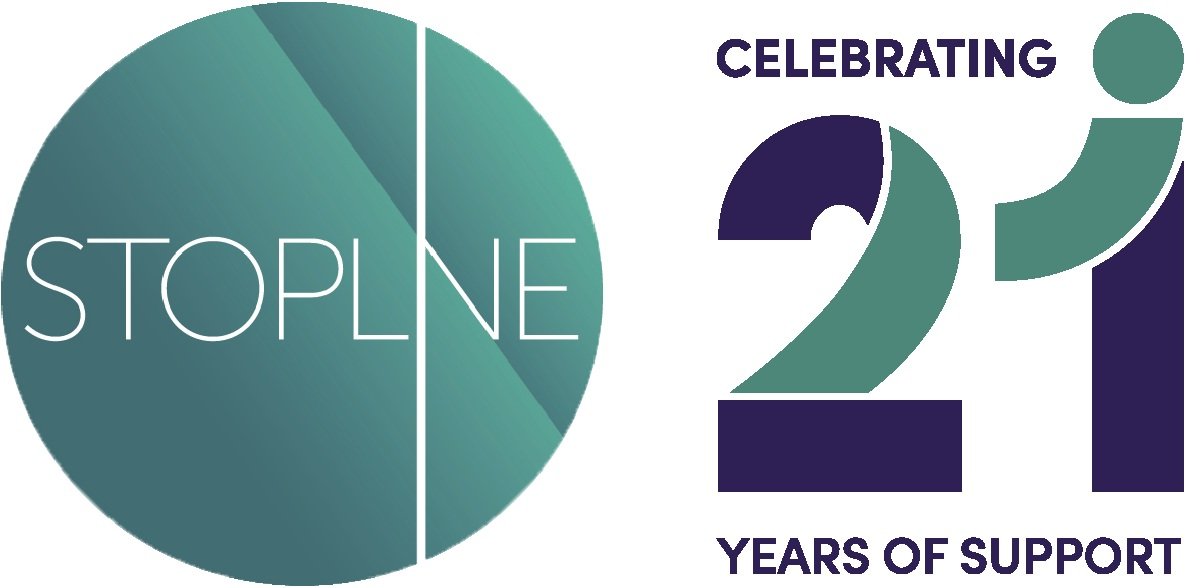What details are helpful to include when making an anonymous disclosure report?
When making an anonymous disclosure report, there are several details that can be helpful to include. These include:
Specific details: Include specific details about the incident or behavior being reported. Provide dates, times, locations, and any other relevant information that can help investigators verify the information and take appropriate action.
Names and positions: If possible, provide the names and positions of the individuals involved in the incident or behavior being reported. This can help investigators identify potential witnesses and corroborate the information.
Supporting evidence: If you have any supporting evidence, such as emails, documents, or recordings, include these with your report. This can help investigators verify the information and build a stronger case.
Your contact information: Even if you are making an anonymous report, it can be helpful to provide your contact information in case investigators need to follow up with you for additional information or clarification.
Any potential risks: If you feel that there may be potential risks to your safety or wellbeing if you are identified as the whistleblower, include this information in your report. This can help investigators take steps to protect you and ensure your anonymity.
It is important to note that the specific details to include in an anonymous disclosure report can vary depending on the nature of the incident or behavior being reported, and the policies and procedures of the organization receiving the report. It is always a good idea to review the guidelines provided by the organization and follow their instructions carefully when making a report.
